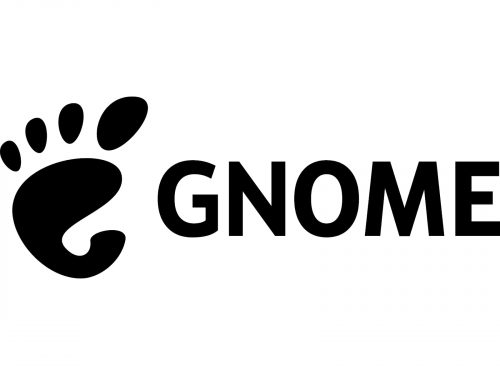GNOME is the name of the operating system, created by Miguel de Icaza and Federica Mena in 1999 for Unix. Today the software is available also for Linux and BSD os, being in more than 39 languages and with regular updates.
Meaning and history

Gnome is a free software development project started in 1997 by Miguel de Icaza, a student from the Autonomous National University of Mexico, and Federico Mena. Their goal was to create a product that could become an alternative to KDE, the only free environment for Linux at that time, focused on the average user. By March 1999, the first stable version of GNOME was released. Today, GNOME is the default desktop environment in many popular distributions of this platform. The development of GNOME now involves thousands of people around the world.
1998 – 2002

The Red Hat organization sponsored a GNOME logo competition. The conditions of the competition required the drawing of the logo in the GIMP bitmap editor, so no vector images appeared as a result of the competition, although many of the entries were very good. In the end, the logo was drawn by a friend of Miguel – Tuomas Kuosmanen Tigert. It is an abstract image of the left footprint, which is curved in the shape of the letter G. Underneath, there is the full name of the software printed in all uppercase serif letters with each letter being separated by a square dash.
2002 – Today

The GNOME visual identity looks cool and very playful, and this is what makes it memorable and instantly recognizable, despite the use of a simple and strict black-and-white color palette. The logo for the software hasn’t changed at all since its introduction in 1999, and it is completely understandable.
The GNOME visual identity is composed of a solid black emblem placed above the uppercase sans-serif logotype, which is also written in black. The emblem represents a stylized black footprint set on a white background. And the main part of the “foot” looks like the letter “G”, which has four solid black ovals above it, standing for toes.
As for the logotype, it is written in a modern yet simple sans-serif typeface with bold and confident contours of the letters, and elegant lines, with their edges, cut straight and clean. The lettering balanced the smoothness and boldness of the emblem, adding a sense of professional and fundamental approach, and making the insignia timeless despite the funny and interesting concept of the graphical part.








